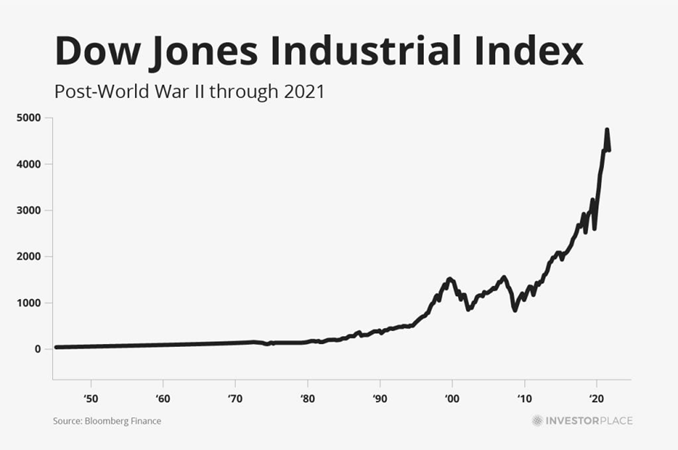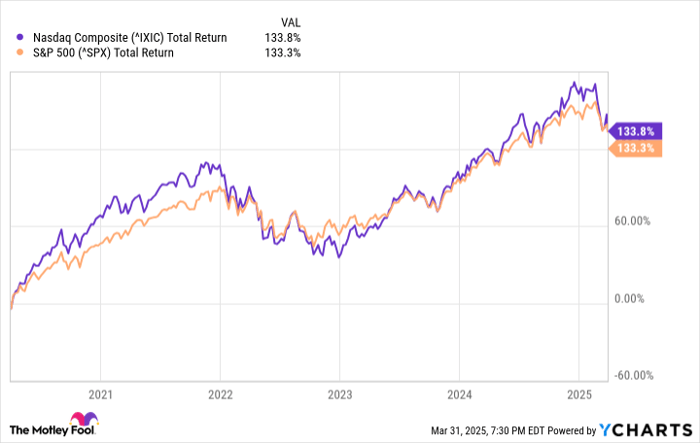Soybean Markets Experience Minor Declines Amid Trade Tariff Developments
Soybeans showed some recovery from their lows on Wednesday, though the market still closed lower, with prices dropping 2 to 5 cents. According to CmdtyView, the national front month Cash Bean price decreased by 5 cents, settling at $9.73. In contrast, soymeal futures fell between $3.20 and $5.10 per ton by the market’s end, while soy oil futures rose 66 to 111 points.
New trade tariffs announced by President Trump, referred to as “Liberation Day” tariffs, included reciprocal tariffs on China set at 34%, rising to 54% when combined with earlier tariffs imposed this year, and a 20% tariff on the EU. These tariffs will take effect on April 9.
Commodity Bulletin:
This FREE newsletter covers commodities from crude oil to coffee, catering to both industry professionals and newcomers alike.
Earlier today, the USDA disclosed a private export sale of 135,000 metric tons of soybean meal intended for shipment to the Philippines in the 2024/25 marketing year.
Traders are preparing for the Weekly Export Sales report due on Thursday morning, anticipating old crop soybean sales between 250,000 and 800,000 metric tons for the week ending March 27. New crop sales are expected to fall between 0 and 50,000 metric tons, while soybean meal sales are projected at 100,000 to 300,000 metric tons, with soy oil sales estimated between 5,000 and 40,000 metric tons.
May 25 Soybeans closed at $10.29 1/2, down 4 3/4 cents.
Nearby Cash was $9.73, down 5 cents.
Jul 25 Soybeans closed at $10.45, a decrease of 4 1/4 cents.
Nov 25 Soybeans closed at $10.37 1/4, down 2 cents.
New Crop Cash was at $9.75, down 2 3/4 cents.
On the date of publication,
Austin Schroeder
did not hold any positions, either directly or indirectly, in the securities mentioned in this article. All information provided is for informational purposes only. For additional information, please view the Barchart Disclosure Policy
here.
More news from Barchart
The views and opinions expressed herein are the views and opinions of the author and do not necessarily reflect those of Nasdaq, Inc.



